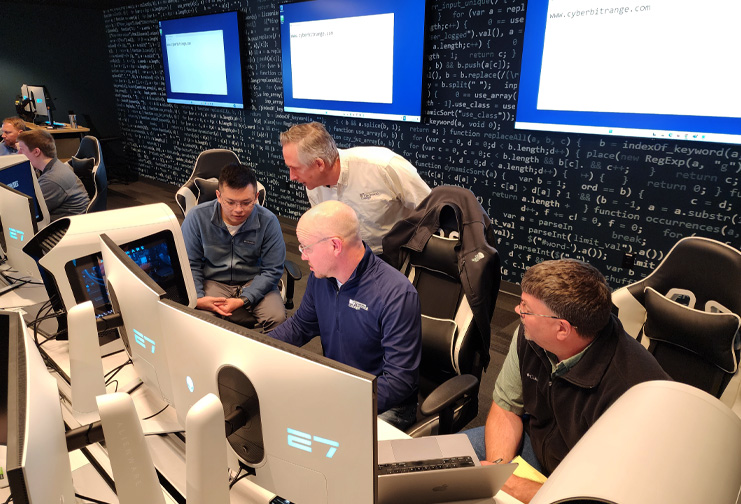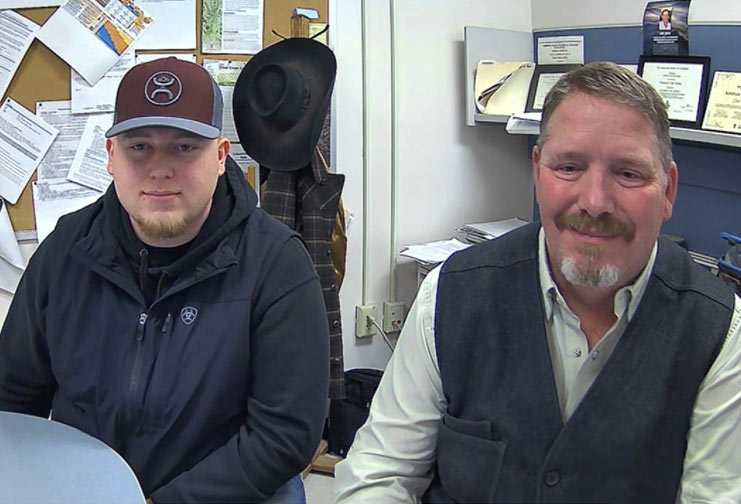Thursday, August 19, 2021
Teachers get hands-on, 3D printing education
Two-day workshop showcases high-tech equipment

Brian Bauer, Chippewa Falls Middle School teacher, prepares to scan his clay image for 3D printing, while Hans Mikelson, CVTC manufacturing engineering instructor, helps by sending information to the scanner.
The sound of a 3D printer meticulously laying layer after layer of filament buzzed as Brian Bauer took advantage of one-on-one time with Mahmood Lahroodi, a Chippewa Valley Technical College mechanical design instructor.
Bauer, a Chippewa Falls Middle School computer technology teacher, asked Lahroodi about the quality of 3D-printed items and which printers large companies use to manufacture items.
A handful of middle and high school teachers throughout western Wisconsin showed up Monday for the two-day additive manufacturing workshop.
Like Bauer, many of the teachers came to the workshop during their summer break time to learn more about 3D printing to pass the information onto their students.
“I came to increase my knowledge,” said Bauer, who teaches eighth grade. “I can take the information I get and bring it into the classroom for my students. I’m always trying to sharpen my skills.”
3D printing, otherwise known as additive manufacturing, is the construction of a three-dimensional item from a computer design or scanned 3D object. A printer uses filament to build the item layer by layer.
This type of manufacturing isn’t new. According to the American Society of Mechanical Engineers, the first patent was filed in the 1980s. Today, 3D printers are accessible but not necessarily widely used. However, television shows like “Big Bang Theory” continue to introduce 3D printing to the public.
For Bauer, 3D printing is the future for his students. He uses a 3D printer with his students in the classroom and teaches them about current applications.
“To be on the cutting edge is important,” he said. “I want them to know how 3D printing is being used in business and industry.”
Hans Mikelson, a CVTC manufacturing engineering instructor, said it’s nice to see teachers taking advantage of the workshop.
A grant from the National Science Foundation made this workshop possible. The goal of the grant, Mikelson said, is to develop a curriculum based on industry needs and to supply resources to rural schools.
“Many of the regional schools have 3D printers, but they don’t know how to use them to their potential,” he said. “We train the teachers here, and then they can bring their student projects to CVTC to print if needed.”


